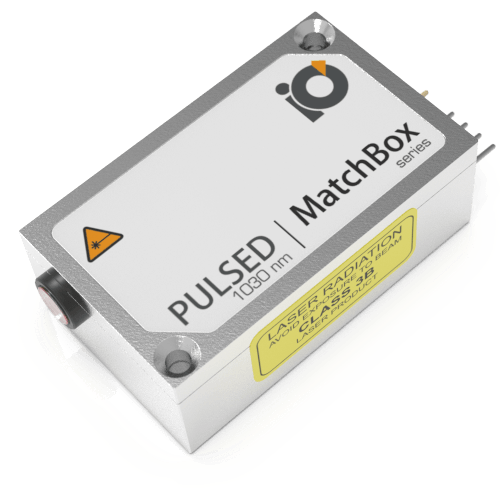Atmospheric LiDAR

Atmospheric LiDAR is an advanced remote sensing technology that employs laser beams to analyze the Earth's atmosphere. By measuring the backscattered light from atmospheric particles, it provides detailed information on vertical profiles, aiding meteorology, climate research, and air quality monitoring. Atmospheric LiDAR plays a pivotal role in understanding complex atmospheric processes and contributes essential data for climate models and environmental assessments.
Light is scattered and attenuated by molecules, aerosols (dust), and cloud (water or ice) particles in the atmosphere. The sky can be clear and blue or hazy and white. Red sunsets are a beautiful manifestation of the scattering and attenuation of sunlight. Clouds can appear white, grey, or dark depending on conditions. Light scattering and attenuation can be used to investigate the atmosphere using a remote-sensing instrument called a lidar.
A lidar system uses laser pulses to measure atmospheric constituents such as aerosol particles, ice crystals, water vapor, or trace gases (e.g. ozone). Profiles of these atmospheric components as a function of altitude or location are necessary for weather forecasting, climate modeling, and environmental monitoring.
A lidar transmits short pulses of laser light into the atmosphere. The laser beam loses light to scattering as it travels. At each range, some of the light is backscattered into a detector. Because the light takes longer to return from the more distant ranges, the time delay of the return pulses can be converted to the corresponding distance between the atmospheric scatterer and the lidar. The end result is a profile of atmospheric scattering versus distance. Analysis of this signal can yield information about the distribution of aerosols in the atmosphere. The amount of backscatter indicates the density of the scatters. This can be used to measure cloud base height or track plumes of pollution.
Other properties of the atmosphere can also be deduced from the lidar
return signals. A frequency shift in the light because of the Doppler
effect permits measurement of wind speeds. By detecting the amount of
depolarization, one can discriminate between liquid droplets and
nonspherical ice particles. Differential Absorption Lidar (DIAL)
uses absorption, as evidenced by reduced backscatter from greater
distances, to measure the concentration of atmospheric gases. A Raman
lidar detects particular atmospheric components (such as water vapor) by
measuring the wavelength-shifted return from selected molecules.
Relevant Products
1030 nm Laser
Spectral line width FWHM, nm: 0.7
Output power, mW: As per request
Power stability, % (RMS, 8 hrs): 0.5
Pulse-to-pulse stability (RMS of peaks): 10
Warranty, months (op. hrs): 14 (10000)

1030 nm Nanosecond Q-Switch Laser
Spectral line width FWHM, nm: 0.7
Pulse energy, µJ: 100
Pulse-to-pulse stability, %: 20
Warranty, months: 14 (Limited)

1030 nm SLM Laser
Spectral line width FWHM, pm: 0.8
Power stability, % (RMS, 8 hrs): 0.5
Pulse-to-pulse stability, % RMS: 2
